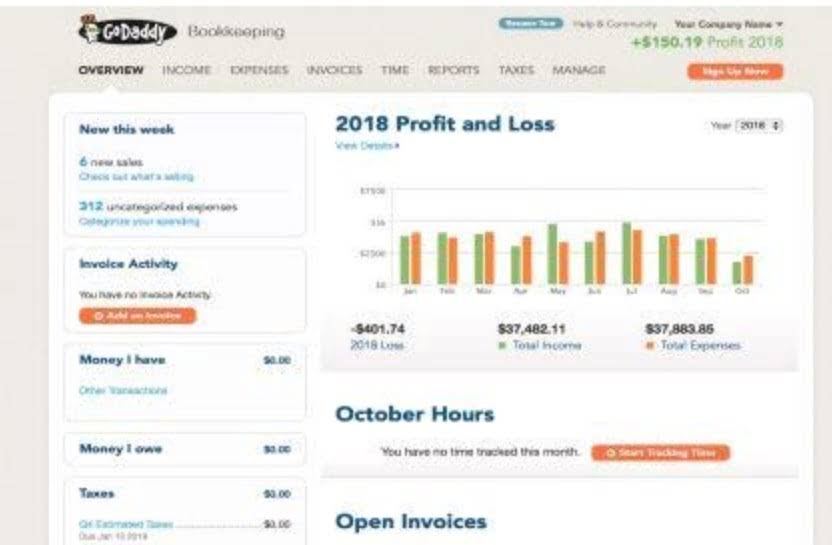
We do however like to have inventory as a percentage of sales available to look at as well. This measure is very useful when comparing businesses or business units within the same company with different levels of sales. Consider the example in the table below for three divisions, A, B, and C, of a company. This gives you an oversimplified example of how to calculate the sales percentage for a single product. Suppose you have a list of your daily or monthly transactions.
Pro Tips on Increasing Sales Percentage
- This lets you adapt to market changes, optimize margins, and stay ahead of competitors while steadily generating revenue.
- By the end of this guide, you’ll be able to quickly determine what part of your total sales each individual sale represents.
- So, let’s say we are evaluating the amount of rain during the month of April, which has 30 days.
- Now we multiply the total units by the unit price (from the Product List sheet).
- For small business owners, tracking this metric is critical to staying competitive and maintaining a healthy gross margin.
A decrease in the cost of goods sold may cause an increase in the gross profit margin. Searching for lower-priced suppliers, inexpensive raw materials, utilizing labor-saving technology, and outsourcing are some ways to lower the cost of goods sold. Gross profit percentage refers to the percentage of profit generated for each dollar spent on the manufacturing or production. This profit figure is derived after deducting the additional expenses incurred for that dollar during the production.
The Formula for Calculating Cost of Sales Percentage
Ultimately, I think the percent of sales method is a convenient but flawed process of financial forecasting. The percentage of sales method is a forecasting tool that makes financial predictions based on previous and current sales data. This data encompasses sales and all business expenses related to sales, including inventory and cost of goods. The gross margin derives by deducting the cost of goods sold (COGS) from the net revenue or net sales (gross sales reduced by discounts, returns, and price adjustments).
- This action copies the formula to the other cells, automatically adjusting it to calculate the percentage for each individual sale.
- A high gross margin indicates that the company might be able to retain more capital.
- If you find that sales stagnated over time, you can adjust your future sales strategy to Your business’ profitability.
- Understanding the percentage of sales method begins with recognizing that this method uses historical sales data as a basis for future projections.
- Historical figures are used to project future sales and costs.
- After you complete the action, you’ll have a clear understanding of the contribution of each sale to the total sales figure.
Step 3 – Format the cell in percentage
- Next, Liz needs to calculate the percentage of each account in reference to her revenue by dividing by the total sales.
- It is possible to compare a lower-sales period earlier than a higher one later.
- There are a few different ways that a percentage can be calculated.
- Calculating percentages in Excel can feel like cracking a code, but once you get the hang of it, it’s like having a secret weapon in your data analysis toolkit.
- Liz’s final step is to use the percentages she calculated in step 3 to look at the balance forecasts under an assumption of $66,000 in sales.
We will calculate the sales revenue of each product by multiplying the quantity and unit price. Then, we will add the sales of each item to get the total sales using the SUM function. The percentage of sales method provides a straightforward way to forecast financial figures. This helps businesses get a https://www.bookstime.com/articles/accrual-to-cash-conversion sense of their short-term financial outlook. When you can quickly create sales forecasts, you can adapt to sudden storms.
What if my total sales figure changes?

The Percentage of Sales method allows businesses to forecast sales based on the historical sales performance. This method is often used to predict future sales by comparing bookkeeping the sales revenue from a particular period with the total sales over a given timeframe. It’s a simple yet effective way to estimate financial outcomes and make adjustments to your sales strategy. Excel is one of the most widely used tools for data analysis and reporting. It’s a powerhouse that, when used correctly, can turn rows of data into actionable information.
The benefits of percentage forecasting

That’s also the reason why it’s relatively easy to update with new historical sales data as it comes through. Look at sales growth alongside your historical performance and economic and competitor growth. To start, subtract the net sales of the prior period from that of the current period.

Instagram Marketing
The percentage of sales to sales expenses is what you want to percent of sales formula find. Divide sales expenses by net sales and multiply that number by 100. The most popular method for calculating the effect of sales on net income is the percentage of sales to expense method.
Inventory turns or the inverse, days coverage, also allow us to compare business units with varying levels of sales. This is a valid point especially considering the popularity of turns and coverage as inventory KPIs. The main reason companies use inventory as a percentage of sales KPI instead of or in addition to turns is for one of two reasons. The sales team plays a critical role in achieving better sales percentages. Their ability to close deals, engage with customers, and identify new sales opportunities directly impacts overall sales performance. Now that you understand how to calculate your cost of sales percentage, the next step is analyzing it for actionable insights.
